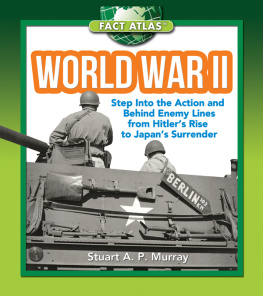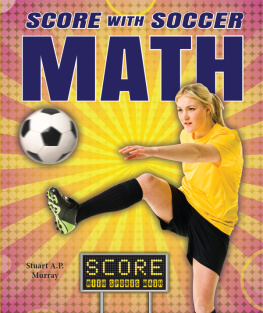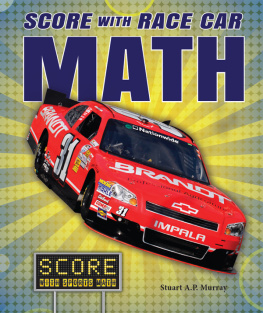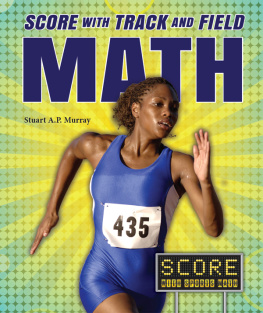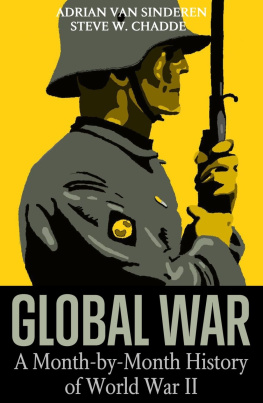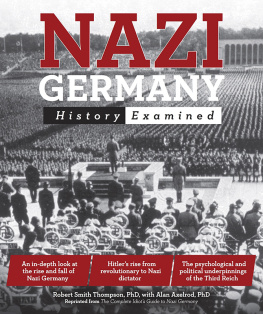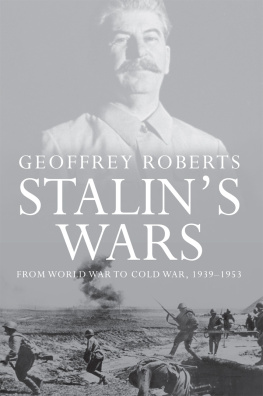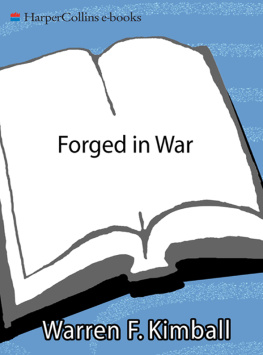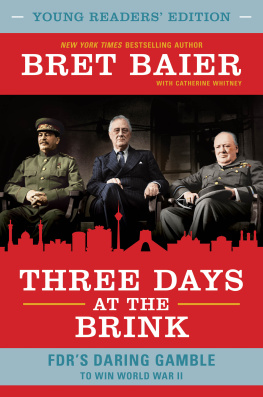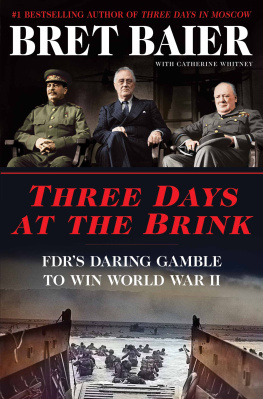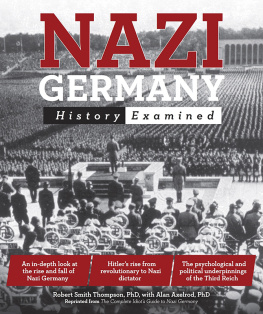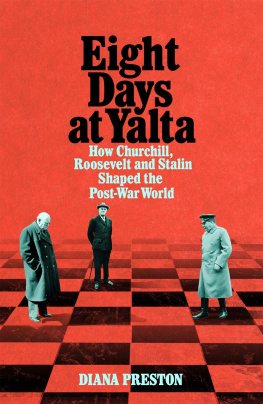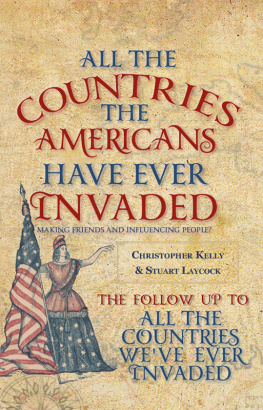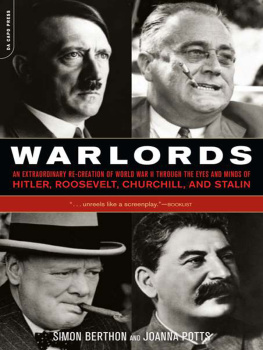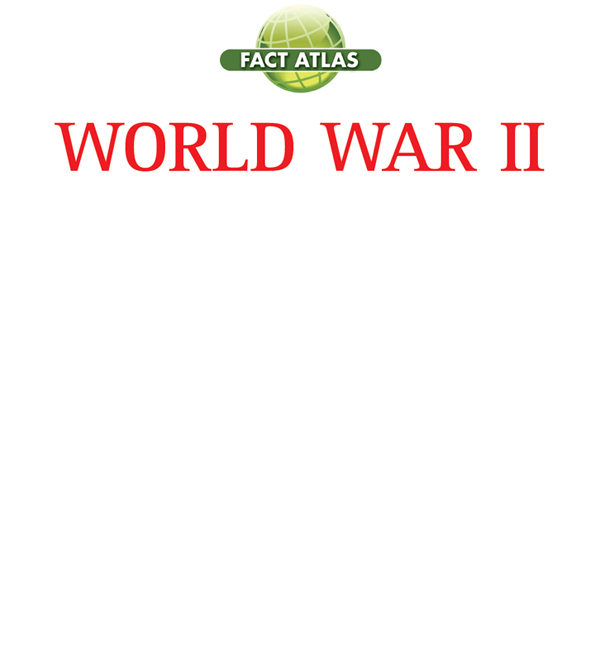Stuart A.P. Murray - World War II: Step into the Action and behind Enemy Lines from Hitlers Rise to Japans Surrender
Here you can read online Stuart A.P. Murray - World War II: Step into the Action and behind Enemy Lines from Hitlers Rise to Japans Surrender full text of the book (entire story) in english for free. Download pdf and epub, get meaning, cover and reviews about this ebook. year: 2015, publisher: Skyhorse Publishing, genre: History. Description of the work, (preface) as well as reviews are available. Best literature library LitArk.com created for fans of good reading and offers a wide selection of genres:
Romance novel
Science fiction
Adventure
Detective
Science
History
Home and family
Prose
Art
Politics
Computer
Non-fiction
Religion
Business
Children
Humor
Choose a favorite category and find really read worthwhile books. Enjoy immersion in the world of imagination, feel the emotions of the characters or learn something new for yourself, make an fascinating discovery.
- Book:World War II: Step into the Action and behind Enemy Lines from Hitlers Rise to Japans Surrender
- Author:
- Publisher:Skyhorse Publishing
- Genre:
- Year:2015
- Rating:5 / 5
- Favourites:Add to favourites
- Your mark:
World War II: Step into the Action and behind Enemy Lines from Hitlers Rise to Japans Surrender: summary, description and annotation
We offer to read an annotation, description, summary or preface (depends on what the author of the book "World War II: Step into the Action and behind Enemy Lines from Hitlers Rise to Japans Surrender" wrote himself). If you haven't found the necessary information about the book — write in the comments, we will try to find it.
The Fact Atlas series offers an age-appropriate overview of the historic and world-changing events of World War II, covering everything from the rise of Hitler and Nazism to the tragedy of the Holocaust and its long-lasting effects. Readers will be introduced to key players: political and military leaders like Winston Churchill and Franklin Roosevelt as well as Joseph Stalin, Benito Mussolini, and many more. Explore the ideas of democracy versus totalitarianism and international relations during the 1930s. Learn more about the different countries that became involved in the Second World War, with a focus on most of Europe, the United States, and Japan. Lesser-known facts about the involvement of countries such as China, Libya, Ethiopia, and New Zealand make it very clear that the war touched all corners of our world.
Accompanied by photos and maps to outline specific events, this book offers a careful breakdown of how the war played out globally. Battles and campaigns are explained and examined, and young readers will be able to follow the war from beginning to end, analyzing causes and effects of each important event. World War II gives young readers the opportunity to grasp the weight and magnitude of one of the very worst wars the world has seen.
A good choice for libraries in need of a general introduction to World War II. School Library Journal
Stuart A.P. Murray: author's other books
Who wrote World War II: Step into the Action and behind Enemy Lines from Hitlers Rise to Japans Surrender? Find out the surname, the name of the author of the book and a list of all author's works by series.

